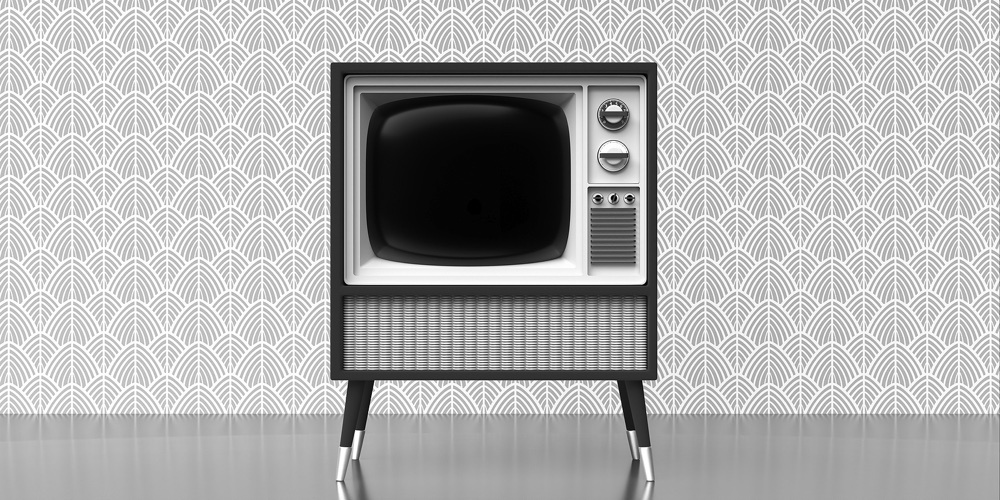The evolution of leadership

As I was driving my daughter, Olivia, home from an activity one day, she asked me what it was like to grow up in the 70s and 80s when I was a child. “I’m not sure you would like it,” I said. “We didn’t have phones that you could carry with you every day, the phone was connected to the wall and you had to be home to talk to someone. We also only had a few channels on TV—not hundreds of shows and movies you have now. When I was a kid, we actually had to get up off the couch to change the channel.”
“You mean, when you stood up the channel changed?” Olivia asked.
This interaction not only makes me laugh, but is a startling realization that things have changed dramatically over the past thirty years. My ten-year-old daughter has never had the experience of having to get off the coach and turn a dial on a piece of furniture with a television screen in it. This was so far out of her experience, that she actually thought the act of standing up changed the channel. My kids have never had to sit through a commercial, or suffer through reruns of Saturday morning cartoons. They have thousands of choices at their fingertips to keep them entertained for their lifetime. It’s incredible how much has changed in the world of technology over the past thirty years. Most of us haven’t used a card catalogue in decades; we can order a book off Amazon.com and have it at our front door tomorrow. We have navigation systems instead of physical maps and smart phones instead of boom boxes. The evolution of technology is staggering, and it impacts everything we do on a daily basis.
Technology is not the only thing that has changed over the past few decades. Our society and family dynamics have evolved too. And this has impacted the expectations people have for work.
Growing up in the 1980s, my dad would leave work at 6:00 a.m. every day and come home at 6:00 p.m. every night. He earned the money, and my mom managed the house. My parents occupied very traditional roles, and my mom was home for most of my childhood, as were most of my friends’ moms. And then things started to change. Over the past 30 years, more women have entered the workforce and earned advanced degrees. In many two-parent households, both parents work full time. As these changes took place, the culture of the American family started to evolve. Many spouses and partners have discarded the traditional family roles and share more of the responsibilities. Today’s fathers are more engaged with their kids and play a more active role in their lives. Parents aren’t just working to live—they want to be engaged in their children’s lives and attend their sports events, concerts, and important moments.
My own family dynamic is significantly different than my childhood family situation. My husband and I both work full time, and we share the household and childcare duties. He drives the kids to school every day and cares for them when I travel. We approach our home life as partners and support each other at work and at home.
As family dynamics have evolved, it has impacted how we work and how we need to lead. The leadership practices of just a couple of decades ago are outdated and ineffective. Employees have different values and expectations for work than previous generations, and organizations that want to attract and retain the best employees need to shift their leadership approach.
Forty years ago, there was little talk in business about engaging employees, coaching and developing direct reports, or cultivating the company culture. Many people stayed at the same organization for most of their career. Traditional managers, who were task-oriented and provided a lot of direction but very little inspiration, were tolerated. The command-and-control style of leadership prevailed. As a Gen-Xer, I recall a colleague at my first job after college tell me that if my manager didn’t talk to me, that was probably a sign I was doing a good job. Managers were taught to be fixers—solve problems, meet the goals, get results.
And while technology and family dynamics have evolved, most leaders have not evolved fast enough to keep up with the changing expectations and needs of employees.
Engagement levels in the workplace have been generally steady for some time, hovering around 37% of employees feeling engaged at work. You read that right—only slightly more than a third of employees report bringing their full effort to work each day—their physical, emotional, and mental effort. Clearly there is room for improvement, and leaders have an opportunity to have a more positive impact on workplace engagement. But there are ineffective practices in most organizations that undermine creating an engaged workforce.
The typical approach of promoting technical superstars to leadership positions fosters an environment of mediocre leadership. This practice needs to stop. Not everyone is meant to be a leader. Just like not everyone is meant to be a chef, or a pilot, or a teacher. Leadership requires competencies that are different from technical skills. Exceptional leaders are able to influence others in a positive way toward the achievement of goals. These leaders form connections with each individual, adjust their leadership style when necessary, and invest time and energy in their employees to develop their skills. And leaders need to be equipped with the skills to handle challenges, have tough conversations when necessary, and sometimes make hard decisions. In order to create exceptional cultures, we need to create standards for our leadership positions, and equip managers and supervisors with the skills they need to be effective.
This requires training people before they move into a leadership role. By promoting people into leadership positions without the necessary skills, organizations leave their biggest asset—their people—at the mercy of inexperienced and undertrained leaders who contribute to disengagement and lower productivity. When supervisors, managers, and executives haven’t been trained in modern leadership skills, they tend to manage how they were managed—the traditional approach of fixing, directing, and controlling.
Not only does mediocre leadership contribute to lower engagement, productivity, and satisfaction at work, it also impacts member service. If only 37% of your employees are bringing their full effort to work each day, your members are not being served at an outstanding level.
You can shift your credit union culture from mediocre to exceptional by ensuring you are promoting the right people into leadership roles. Great leaders know that leadership is action. Leadership is not a position you occupy. It’s the everyday actions of creating connection, coaching, providing feedback, showing appreciation, and influencing others to achieve results that build exceptional cultures. The modern leader understands how to create a culture of engagement, which in turn increases the level of service your members are experiencing every day.
Leadership is a privilege and a responsibility, and it’s about time we treat it as a true profession—one that holds high standards of development, training, and preparation for success.

